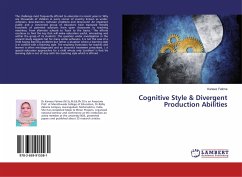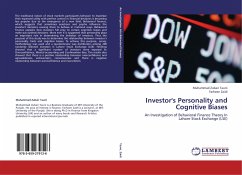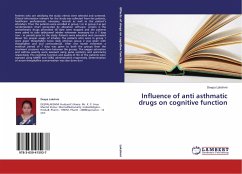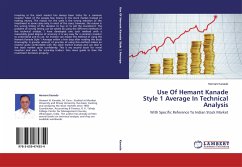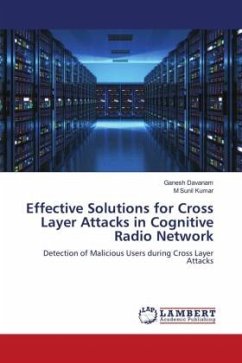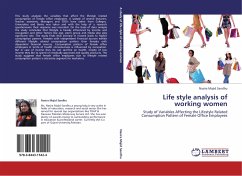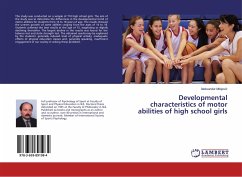The challenge most frequently offered to educators in recent years is: Why are thousands of children in every corner of country known as under-achievers, slow-learners, behavior problems and drop-outs? An impatient public and a concerned group of educators have espoused literally hundreds of potential solutions from open classrooms to teaching machines, from alternate schools to "back to the basics." The efforts continue to find the key that will make education useful, interesting and within the grasp of its students .The question under investigation in the present study suggests hat for many under-achievers, it is not the case of a child having learning problems but rather a situation where a learning style is in conflict with a teaching style. The resulting frustration for teacher and learner is often mis-diagnosed and an incorrect treatment prescribed, i .e special education approaches for a child whose only "problem" is that his learning style is out of step with the teachingstyle which is offered .
Bitte wählen Sie Ihr Anliegen aus.
Rechnungen
Retourenschein anfordern
Bestellstatus
Storno

